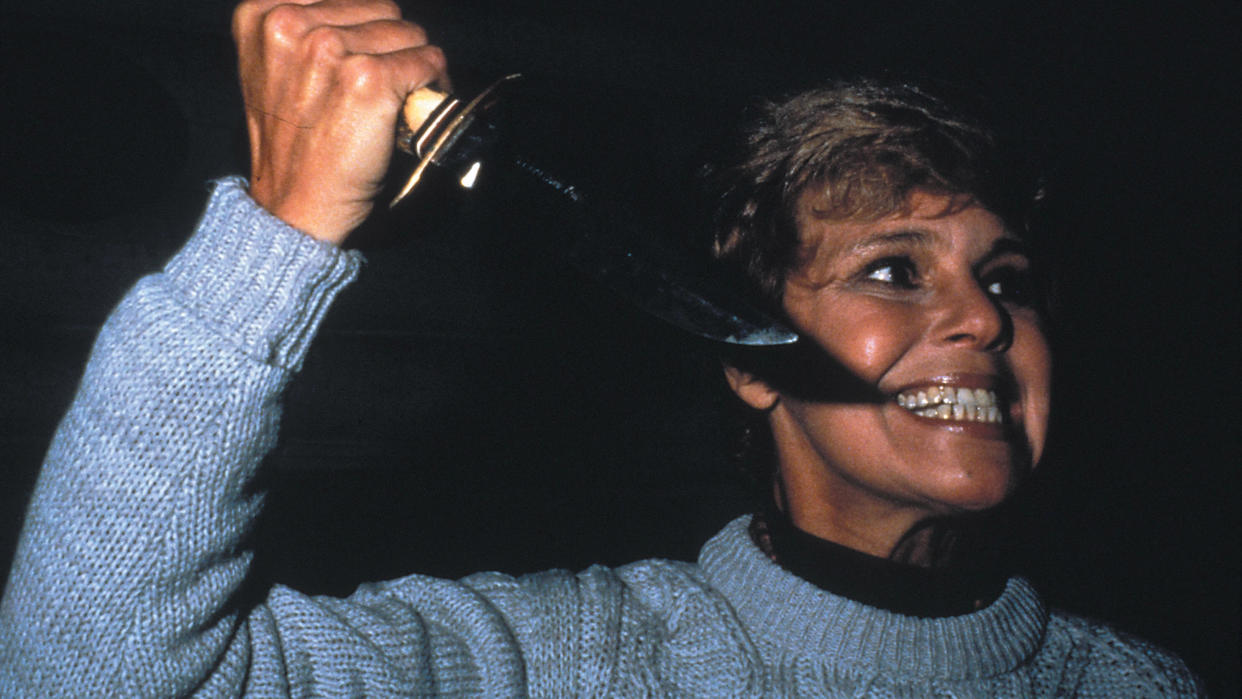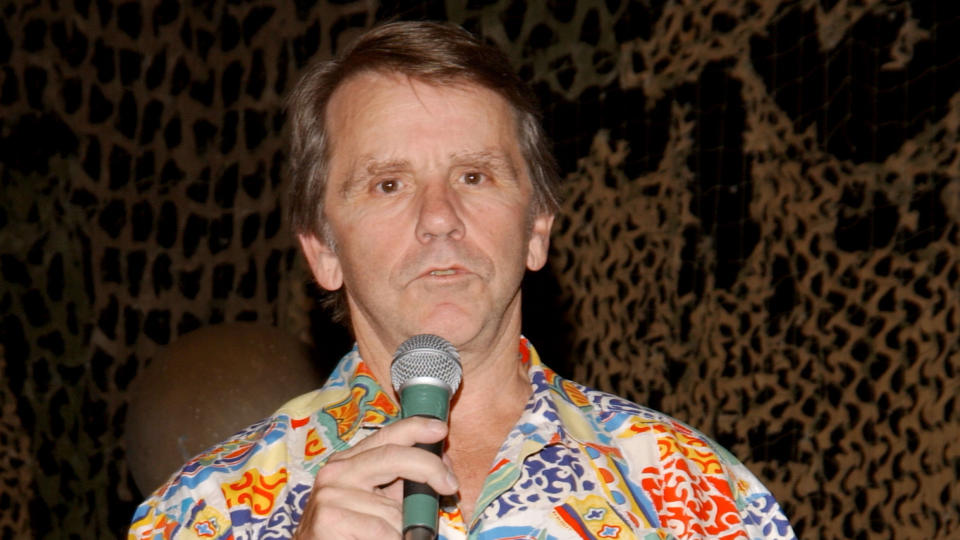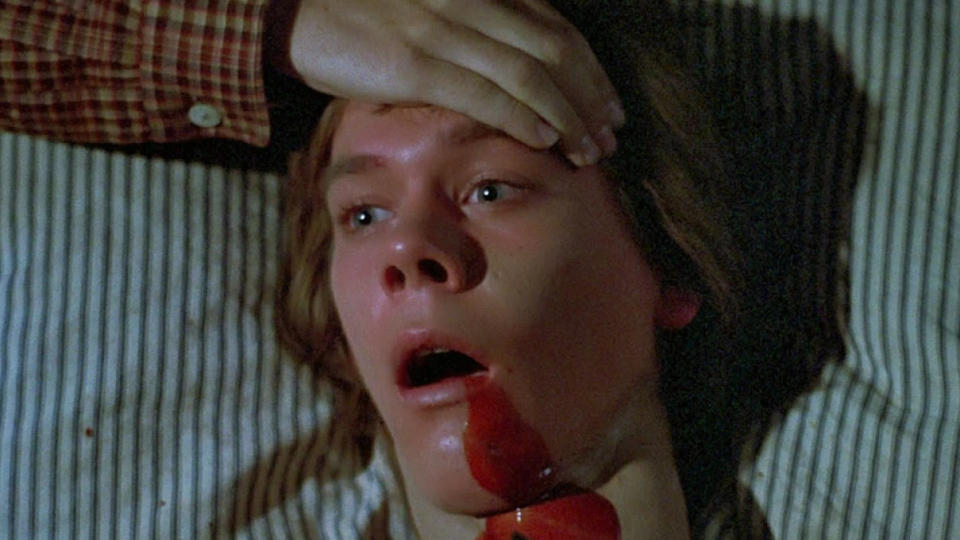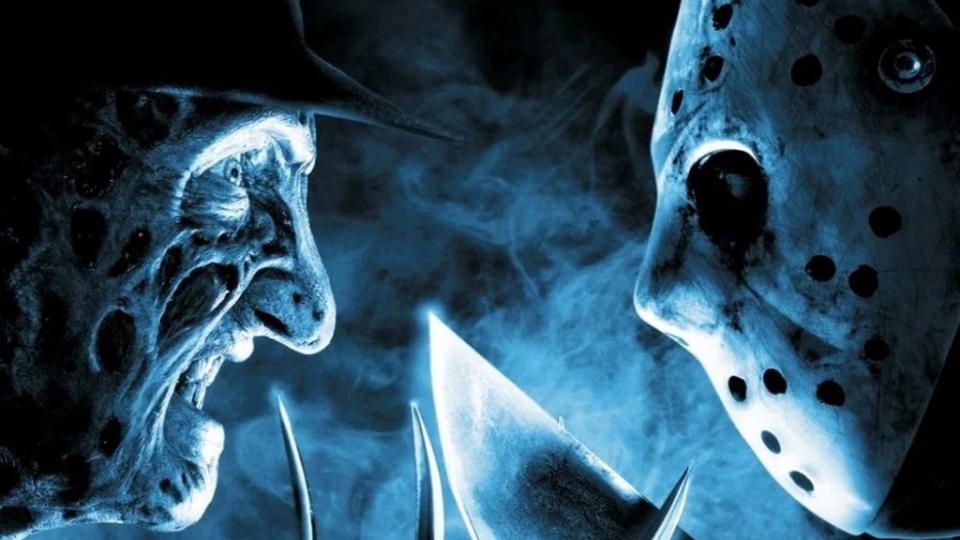'Friday the 13th' at 40: How this horror classic cemented the blockbuster slasher

“Who was the killer in Friday the 13th?”
It’s the archetypal “gotcha” pub quiz question about classic horror movies. So much so, in fact, that it was the query used by the Ghostface killer to catch out Drew Barrymore’s character in the gory prologue of the self-referential 1996 horror pastiche Scream.
The instinct is to turn to the iconic, hockey mask-wearing Jason Voorhees, but it was of course his mother, Pamela, who was responsible for the massacre of the original 1980 movie. Jason only appears briefly in the final moments of the film — and his famous hockey mask wouldn’t even show up until Friday the 13th Part III two years later.
Read more: Jason Voorhees actors reunite in their costumes
Despite Jason’s absence, though, Friday the 13th was a watershed moment in the development of the slasher movie. As the film turns 40, it’s worth taking a look back at its influence.
Cashing In

It has never been a secret that director Sean S. Cunningham was inspired to create Friday the 13th after he witnessed the incredible success of John Caprenter’s Halloween in 1978. Smartly, Cunningham put an advert in trade publication Variety in 1979 — while Victor Miller was still writing the screenplay — announcing the movie and ensuring that nobody else held the rights to the Friday the 13th title.
Above all else, Friday the 13th was an exercise in savvy business. It elevated the slasher genre from the underground to being a multiplex favourite. Halloween had unwittingly invented a formula, but Cunningham knew how to package that formula and sell it to the masses in a big way.
Read more: Who’s the deadliest horror icon?
This was especially true in the casting. According to David Grove’s book Making Friday the 13th: The Legend of Camp Blood, Cunningham wanted actors who looked good, could play relatively likeable camp counsellors and would work cheap. Many of the cast members were plucked from the soap opera world, including Kevin Bacon, who had worked on US soap Search for Tomorrow as well as playing a small role in Animal House.
When the film was finished, a bidding war ensued as multiple distributors realised this was a financial hit in the making. With a relatively low budget and near-guaranteed box office success in a market wowed by Halloween, it seemed like an obvious win. Paramount won US rights, while Warner Bros distributed the film internationally. Friday the 13th was the first independent slasher film to be acquired by a major studio.
Building a Formula

Friday the 13th didn’t invent the “relatively attractive teens are slaughtered one by one” format, but it did package it in unusually slick fashion. Special effects expert Tom Savini, who had won over genre fans with his exceptional work in George Romero’s Dawn of the Dead, was hired to design the gore effects for the movie’s set pieces. They still stand as some of the genre’s best from the period.
Cunningham was aiming for a feeling akin to a rollercoaster ride from this film, rather than the nastiness he had shepherded as a producer on Wes Craven’s controversial The Last House on the Left several years earlier. At a lean 95 minutes, the film rattles through at an entertaining pace and packs the crowd-pleasing twist of the killer — hinted at as being a Michael Myers-esque, hulking man with a weapon — being revealed as an ageing woman with a grudge.
Read more: Jason Blum says Halloween sequels will avoid trilogy issues
With a financial imperative at its back, Friday the 13th effectively cemented the idea of the blockbuster slasher — an efficient rollercoaster of memorable “kills”, culminating in a twist-powered final showdown.
Unsurprisingly, this success was quickly leveraged into a production line of sequels. By the end of the 1980s, there had been eight movies in the franchise. Notably, 1984’s Friday the 13th: The Final Chapter was followed only 11 months later by Friday the 13th: A New Beginning — surely a record for going back on the promise of a finale. By the end of the decade, the Halloween franchise had swelled to five movies, The Texas Chainsaw Massacre had got a sequel and A Nightmare on Elm Street had managed five films in five years. Slashers were big business, and Hollywood loved them.
Carving a Legacy

Films like Halloween, Texas Chainsaw Massacre, Black Christmas and even Psycho may have helped to create the slasher movie, but Friday the 13th turned it into the bona fide multiplex cash cow it turned out to be throughout the 1980s. It wasn’t really until the pitch-perfect barbs of Scream put a bullet in the head of the genre’s myriad tropes that the surefire cash value of the stalk-and-slash horror faded away — notwithstanding fan-baiting cross-over events like 2003’s Freddy vs. Jason.
Read more: Under-appreciated horror films on UK streaming services
Friday the 13th is not as strong a movie as any of the genre-defining examples in the previous paragraph, but it perhaps cast a more obvious shadow over the way the slasher would work than any of them. This was the film that packaged up the slasher into a shiny box that could be recreated at a low price and flogged to willing audiences — similar to the model subsequently used by the found footage boom in the noughties and, more recently, most of Blumhouse’s output.
The influence of Sean S. Cunningham and the Voorhees mother-and-son killers on the horror genre cannot be overstated. If nothing else, they gave us the rising star of Kevin Bacon. Imagine a world without those EE adverts. Unthinkable.


